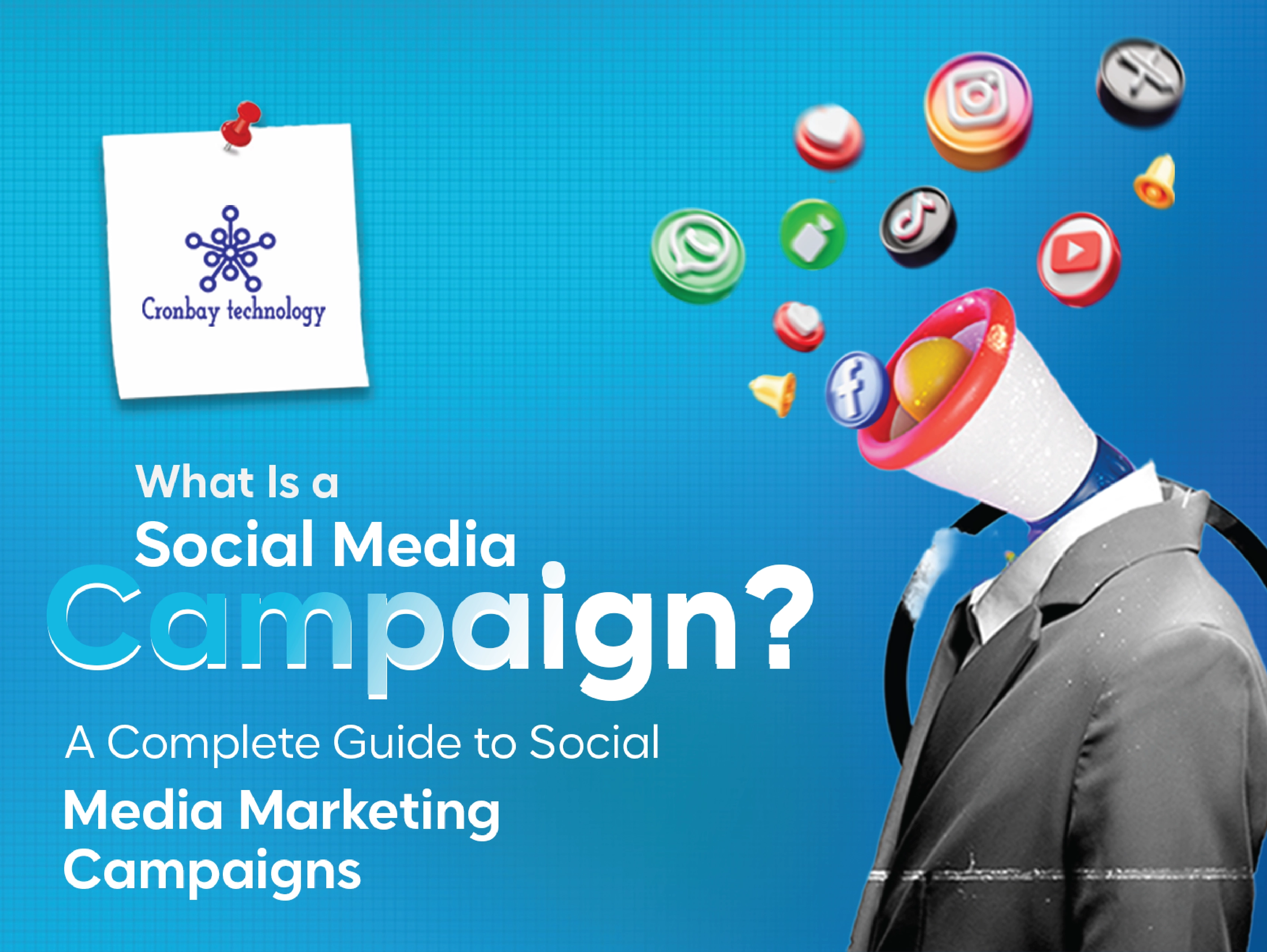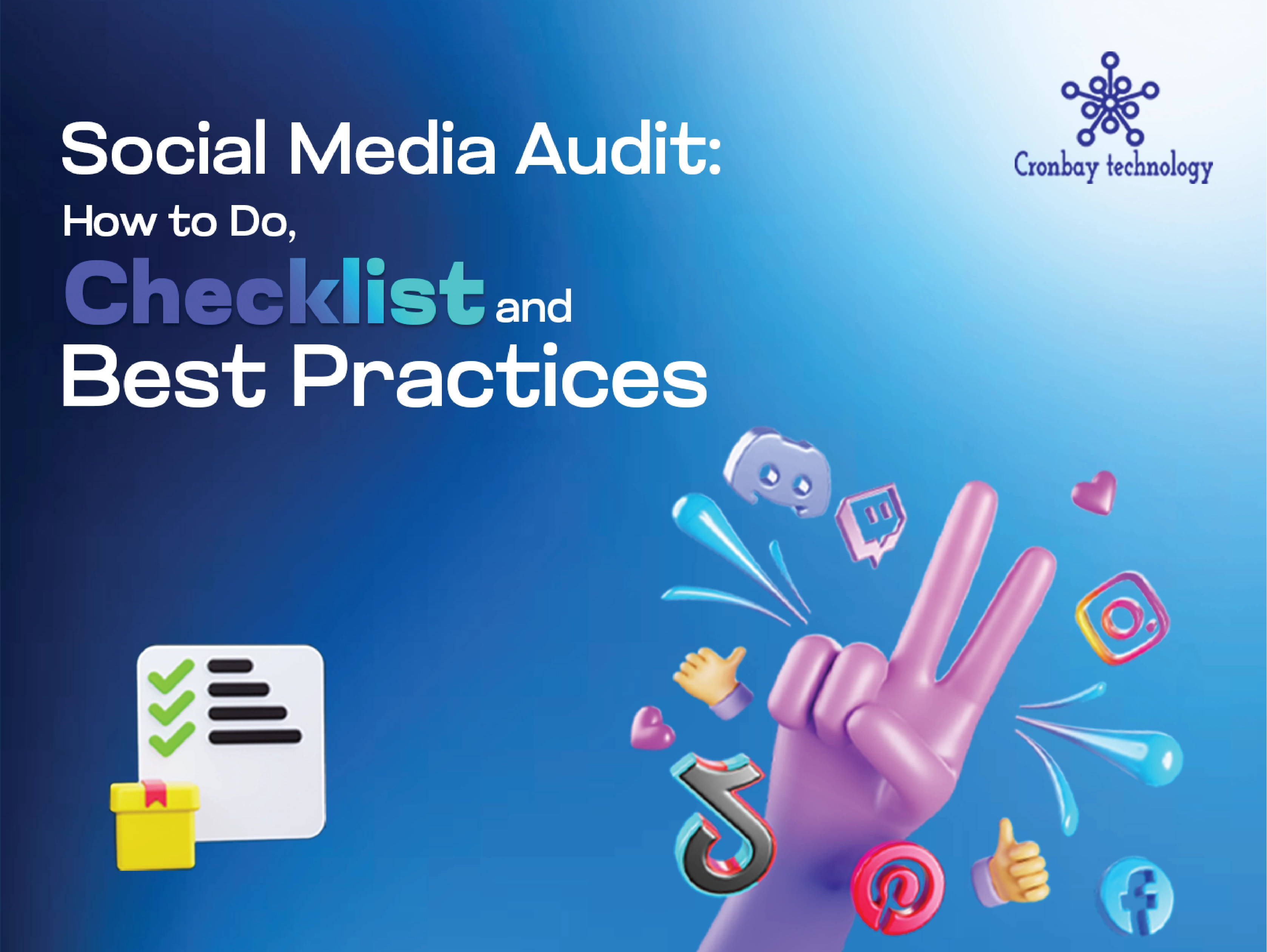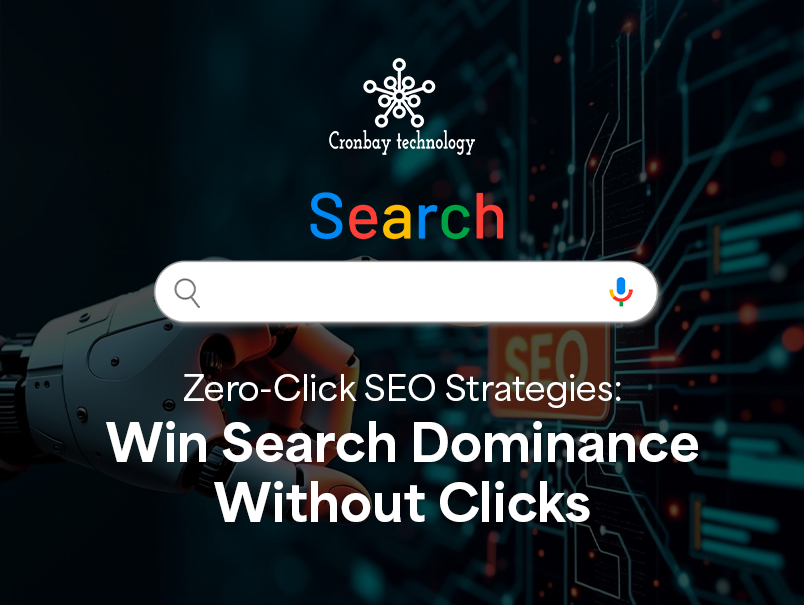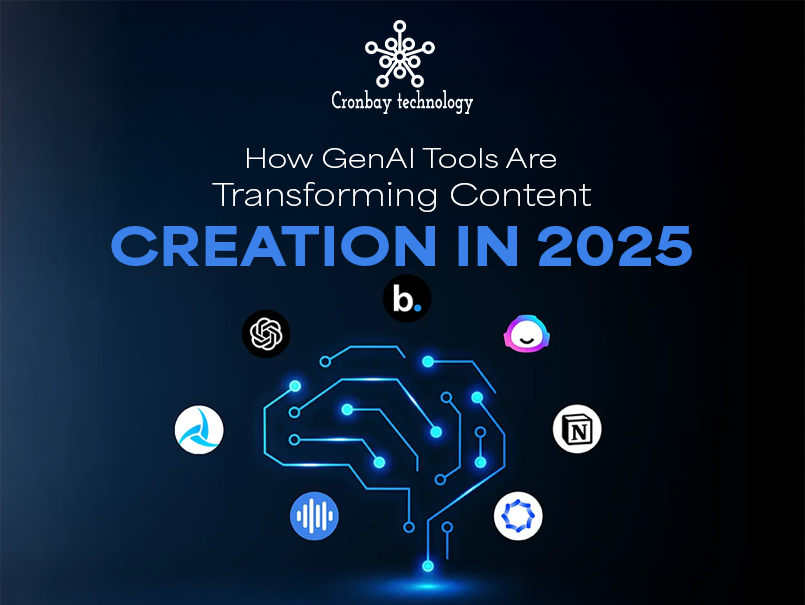There has been a dramatic shift in the relationship between brands and consumers over the last several years. Many firms now have a Facebook or Instagram profile because these all-in-one platforms may raise brand exposure and boost sales.
It allows clients to purchase straight from your company page, as opposed to social media marketing's goal is more of a redirection of your customers to your page. It is more likely that you will make a purchase if you cut out the stages that aren't absolutely required.
According to Statista, 4.62 billion individuals throughout the globe are now using social media, and around 55.5% of social media users in the United States aged 18 to 24 had made a purchase using social media networks.
Sadly, many company owners fail to take advantage of social commerce, resulting in a lack of conversions. Shoppable posts are a great way to find additional bargains, and this article will help you learn everything you need to know about them.
What are shoppable posts?
Users could only go to your website through an ad or your bio link before Instagram launched the shoppable post function. Previously, users had to leave the app in order to purchase products shown in a picture. Users get access to information about the things they're interested in purchasing, such as the price and a brief description.
Instagram shoppable posts need a business account and a product catalogue on Facebook in order to get started. It's as simple as tagging a friend in a picture to create a shoppable post.
How do Shoppable Posts Work?
Shoppable posts may be found and used in two ways when Instagram users shop straight from the app. On the brand's profile, press the View Shop button. Secondly, by clicking on the tags that appear in feed posts that are shoppable.
A new shopping function has just been added to Instagram. Instead of having to leave Instagram to go to an e-commerce site, customers can buy directly from the feed.
In order to buy a shoppable item from an Instagram post, follow these steps:
- The product or tag you're interested in may be tapped on to get more information.
- Tap Go to the Checkout page.
- Fill out your name, address, and payment information.
- Purchase
Products are shown on a catalogue-style page when customers click the View Shop button. As a result, purchasing from a social media post seems more casual. In this approach, you don't have to go to your profile, then to the store, only once. In the feed, all you have to do is tap a post you like to read.
Tags for each product are shown when you touch on an item in the shoppable post. Simply tap on the one you're interested in. When you're ready to buy, you'll be redirected to the original product page. To purchase, you may follow the procedures outlined above.
Benefits of Shoppable posts
The following are a few tips to help you understand how shoppable articles may help your e-commerce business grow.
1. They bring your items to those who have never heard of your brand before.
Instagram users may find your brand for the first time when browsing their feed. You may be able to contact new customers who have never purchased from your shop before. Your audience will grow even more if you sponsor shoppable content.
2. They make it easy for customers to purchase from you.
Buying a product from your Instagram store doesn't need a second thought if a consumer discovers one they like. The only thing they'll have to do is tap the buy button on the app.
3. Instagram is a great platform for them to receive a lot of attention.
As a result of your shoppable Instagram posts, you should expect to get a lot of followers. In order to get your items in front of as many prospective buyers as possible, employ hashtags that are strategically placed.
If you want to reach a larger audience, you may also work with influencers. As a result of influencer marketing efforts, your brand's signal might be boosted significantly.
4. They are aesthetically pleasing.
When it comes to e-commerce, it might take some effort to get the look exactly right. Instagram feeds that have been meticulously managed and created already have the ability to include shoppable posts into their design.
A lot of the time, these postings won't seem as if they're promoting a product for sale. Your regular feed will probably go unnoticed if they're done well enough. As a result, your site visitors will find them more enticing and warmly welcomed.
Types of Shoppable Content
For the purpose of generating sales, companies often use the following five different forms of shoppable content. Taking a look at all of your options is a smart way to find the best fit for your business's sales channels and your target audience's product discovery preferences. Let's get this started!
1. Instagram Posts
Product photos and tags are included in posts that may be purchased using the Shoppable Instagram feature. Titles and pricing are shown in a little window that may be tapped on.
2. Pinterest Pins
Pinterest allows businesses to publish shoppable pins, similar to how they do it on Instagram. As a relatively new social media site, Instagram is quickly becoming a go-to resource for consumers looking for new products and ideas.
3. Shoppable videos
E-commerce firms may boost consumer satisfaction by using video content. Many consumers claim that seeing a brand video has persuaded them to purchase the product or service in question.
Shoppable videos may generate a lot of sales if regular videos have the same impact. Customers' product research may be made easier and more enjoyable by including items in films and making them easily accessible to them.
4. Articles
Customers get a lot out of well-written and well-optimized blog posts. Brands may provide consumers with useful guidance and ideas on how to deal with particular issues they face. A well-written, step-by-step essay may be just as useful as a video in some situations.
In what ways is the use of shoppable media superior than the use of traditional content?
There's a new kind of material that is more powerful, memorable and engaging than ever before: the lookbook. When it comes to visual content, the typical individual has the capacity to remember 65 percent of what they view nearly three days later, and iterations of shoppable content have grown more genuine, minimizing the number of steps that buyers must take from content to purchase.
Shoppable content offers a number of advantages over conventional material, not the least of which is that it is more accessible.
- creates a product experience through real-life context, which inspires shoppers;
- eliminates the buyer's inconvenient journey from the product description page to the purchase page through long-drawn eCommerce steps.
- enables brands to boost conversions.
- build social proof through inspiration.
- inspire purchases, and increase the ecommerce purchase rates.
- involves real-time shoppability.
- If you're looking for a quick way to buy anything, shoppable content is the best way to achieve it.
Final Thoughts
Brands and consumers alike gain from the use of shoppable content. In one sense, companies may enhance the product research experience by making their items more accessible. Customers, on the other side, will be able to locate items more quickly and be inspired by the information presented.
If you're doing omnichannel marketing, you may want to think about including shoppable content. We hope that by now you have a better understanding of what shoppable content is and how it might benefit your company. If you are in need of professionals, you may click here and book your appointment right here.
Frequently Asked Questions
Q1. How do I make a Shoppable post?
Ans. Creating a new post or selecting an existing one will allow you to add shoppable tags. Click on the picture to be tagged, and then type the product name until it pops up as a search result, exactly as you would when tagging someone in a post. To complete the tagging process, pick the Done button.
Q2. What is a Shoppable social media post?
Ans. It is possible for a customer to make an online purchase directly from a piece of shoppable content, such as a social media post, picture, video, or an ad. It's possible for a consumer to complete a transaction entirely in one spot on the brand's website, but this isn't always the case.





